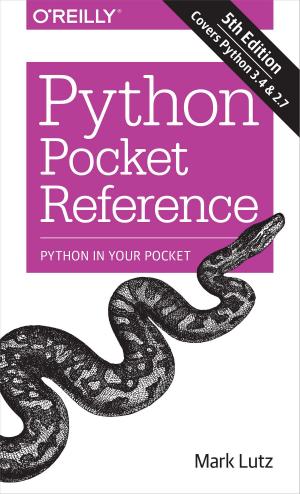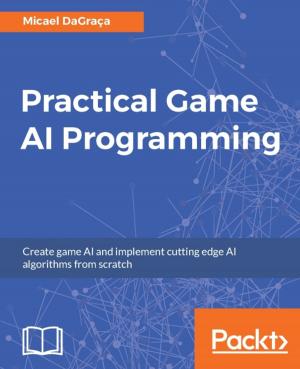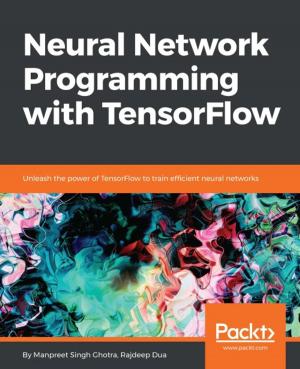How to Teach Computational Thinking
Nonfiction, Reference & Language, Education & Teaching, Teaching, Teaching Methods, Computers, Programming, Programming Languages| Author: | Stephen Wolfram | ISBN: | 9780965053266 |
| Publisher: | Wolfram Media, Inc. | Publication: | April 19, 2018 |
| Imprint: | Wolfram Media, Inc. | Language: | English |
| Author: | Stephen Wolfram |
| ISBN: | 9780965053266 |
| Publisher: | Wolfram Media, Inc. |
| Publication: | April 19, 2018 |
| Imprint: | Wolfram Media, Inc. |
| Language: | English |
In a world where jobs are continually being outsourced to machines and algorithms, the question of how best to educate the next generation becomes more important with every year. Stephen Wolfram, author of A New Kind of Science and Idea Makers and creator of Wolfram|Alpha, says the answer is computational thinking. Wolfram defines computational thinking as "formulating things with enough clarity that one can tell a computer how to do them." Computational thinking provides the most direct link possible between idea and implementation, without the repetitiveness and minutia of basic programming languages. Wolfram walks the reader through the basics of the Wolfram Language, encouraging young minds to embrace these concepts, while allowing them to creatively explore beautiful visualizations and actual working code. The Wolfram Language is free for anyone with a web browser to experiment with and use.
In a world where jobs are continually being outsourced to machines and algorithms, the question of how best to educate the next generation becomes more important with every year. Stephen Wolfram, author of A New Kind of Science and Idea Makers and creator of Wolfram|Alpha, says the answer is computational thinking. Wolfram defines computational thinking as "formulating things with enough clarity that one can tell a computer how to do them." Computational thinking provides the most direct link possible between idea and implementation, without the repetitiveness and minutia of basic programming languages. Wolfram walks the reader through the basics of the Wolfram Language, encouraging young minds to embrace these concepts, while allowing them to creatively explore beautiful visualizations and actual working code. The Wolfram Language is free for anyone with a web browser to experiment with and use.















